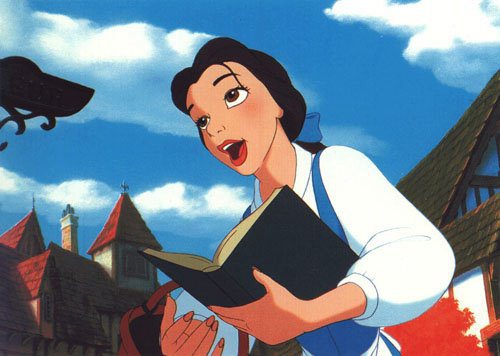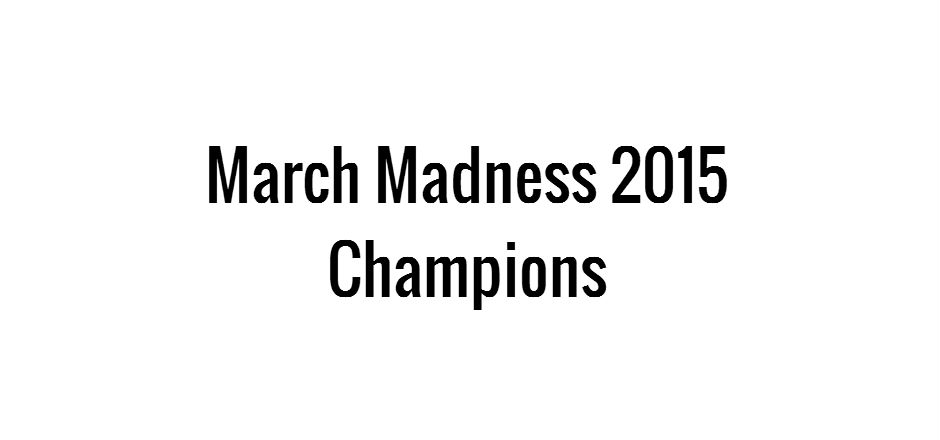When I was in junior high, the only thing I wanted to do was get the heck out of Toledo.
That’s not fair to Toledo, though, and by the time I graduated from college, I thought Toledo was a pretty great place. When I became an adult, I started discovering great food and better coffee shops in my hometown. When I thought about it again, my desire to leave back in junior high wasn’t about actually being in Toledo, but rather being stuck in a tiny world without friends with similar interests or role models with whom I identified.
It should come as no surprise that of the many Disney princesses, I had always identified best with Belle from Beauty and the Beast. She loved adventurous books – in fact, the description of the book she’s reading in the movie, “Far-off places, magic spells, daring sword fights, a prince in disguise,” is also an accurate description for my favorite childhood book series, Harry Potter. She was unlike anyone else in her “little town,” and I, too, had the sneaking suspicion that the people around me whispered behind my back about my oddities.
Even though I never really went through the “princess stage” – and my favorite Disney lady was Mulan – I knew that I would always be like Belle, and that someday my oddities would lead me to a real “adventure in the great wide somewhere.”
The revelation I had then is what I would consider to be the true magic of Disney: every protagonist since the Disney Renaissance has been a character someone can relate to, whether it’s Belle with her love of books and sense of entrapment, Lilo with her desire to hold together her broken family, or Tiana with her hard work and determination. Boys, too, can relate to characters like Simba, who suffers the loss of his father at a young age, and Aladdin, who wants to show the world he’s more than the lowly class status he was born into.
There’s something in Disney movies for everyone, and the Disney Issue of Girls in Capes explores concepts in Disney that aren’t quite as obvious as the ones I mentioned above. How does ABC’s Once Upon a Time tackle Disney tropes and characters in a more mature way? What do the hyenas in The Lion King really symbolize? What’s up with fairy tale adaptations, anyway?
You can read more about these questions in this month’s issue and let us know what the magic of Disney means to you in the comments below.
Feliza Casano is the founder and editor in chief of Girls in Capes and writes for all sections of the web magazine. She is currently living out her adventure in the great wide somewhere.








I also always identified with Belle; as an adult, however, I do think that the less “mature” characters in Disney movies is problematic– especially when it comes to the villains! I don’t think _Once_ addresses this in a useful way– or, for that matter, the obvious race/sexuality problems in Disney stories. Here’s a cool article about the Hyenas in _The Lion King_, though! http://www.cracked.com/article_18417_9-famous-movie-villains-who-were-right-all-along.html
I’ve seen that article! I’ll be doing a more in-depth version later this month. I always felt sort of bad for the hyenas, even as a kid. Seriously, even their first encounter with Simba as the “bad guy” involved them wanting to eat them – BECAUSE THEY WERE LITERALLY STARVING ALL THE TIME.